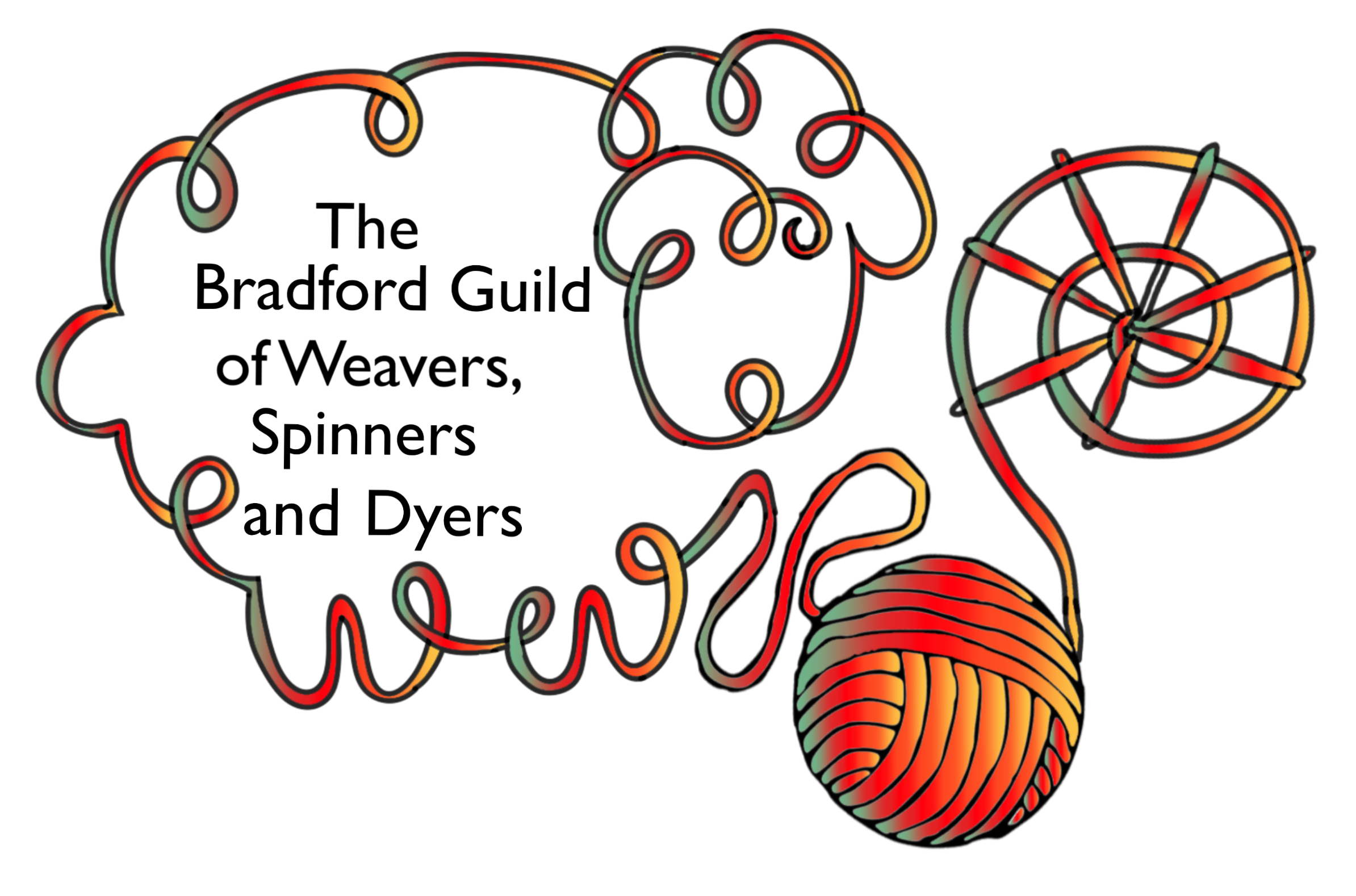The Chair’s Challenge 2023 was on the theme of “Diversity” and was won by Lesley Fidler.
Below is her description of her entry.
This bag is a celebration of imperfection and the variety of textile techniques to be found round the world
Weaving – braiding – tie-dyeing – plaiting – knotting – stitching by hand and machine
Sweden – China – Japan – North America – Oceans


The twill outer fabric was my second-ever piece of weaving. It is far from perfect: the sett is too loose, it has mistakes in the threading and the weaving and the beating is definitely erratic. But I was proud of it then and I’m proud of it now.
My first attempt at various Swedish braid patterns which run round the edges was woven on an inkle loom.
The lining is folded and stitched tie-dyeing from South West China. It has been salvaged from the four corners of a tablecloth that had disintegrated in the centre.


The bag was designed using Japanese origami techniques (and lots of newspaper).
The drawstring is from a chapter on North American First Nation braids.
The red trims are Turks Heads and a Chinese temple knot. They are both the same knot, but tensioned differently. Both can be found on sailing ships round the world.
Construction

The weaving was flat-seamed to give a 38cm square which was mounted onto a 38cm square of heavy interfacing (not iron-on) on which the black lines on the template had been marked on the visible surface.
The interfacing and the weaving were neatly stitched together round the outline of the square base.
The gusset fold lines were tacked so they showed clearly on the right side of the weaving.
A piece of lining about 40 cm square was place right side up on the interfacing. It was pinned and then the sandwich was turned over and the gusset fold lines were tacked a second time so they showed on the lining too.
Small right-angled triangles were trimmed from the interfacing at the corners, with shorter sides slightly longer than twice the width of the braid trim.
The raw edges of the lining were turned over the edges of the interfacing and weaving. They will be hidden by the braid trim on the long edges. At the trimmed corners, the weaving and lining were each folded inwards so no raw edges were visible and the top edge slip-stitched together.
The braid trim was slip-stitched in place along both its edges round the whole almost-square.
Start at one edge of a gusset fold and leave a starting end of about 12 cm free. End with about 12 cm of braid spare at the starting point.
At the corners, the braid was folded back on itself so that the opposite face showed on the next side of the bag’s top edge. Combined with the angled corner, this creates a channel for the drawstring.
Note that the illustration shows the bag after the next step. At this stage the fabric is still flat.

The bag was folded with the lining side outward and the gussets pinned and stitched along the fold-lines ensuring the two ends of the braid trim remained free.
The ends of the braid trim were crossed one over the other and stitched.
A 5-bight Turk’s head was flattened and stitched as a medallion on the braid crossing.

Two 8-strand plaits were worked (6 dark, two light threads).
These were threaded through the four braid-trim loops to form drawstrings. The ends of each plait are on opposite side of the bag. The two ends of each plait were joined with West Country whipping and finished with with another 5-bight Turk’s head. These were stitched on so that they could not slide off accidentally.


